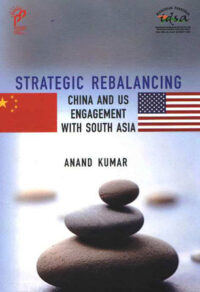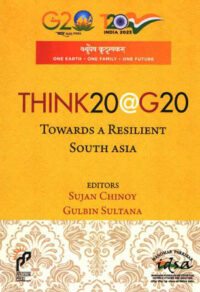India and Asian Geopolitics
In this second-part of the Policy Paper series, P Stobdan suggests that in the recent Indian strategic discourse, commentators have been exulting the US ‘Asia Pivot’ and seriously hoped that the idea will offset China’s regional outreach, for it also appeared similar to India’s own ‘Look East’ policy, which to an extent enabled New Delhi to ruffle a few feathers in the East Asian region.
- P. Stobdan
- November 28, 2013

















